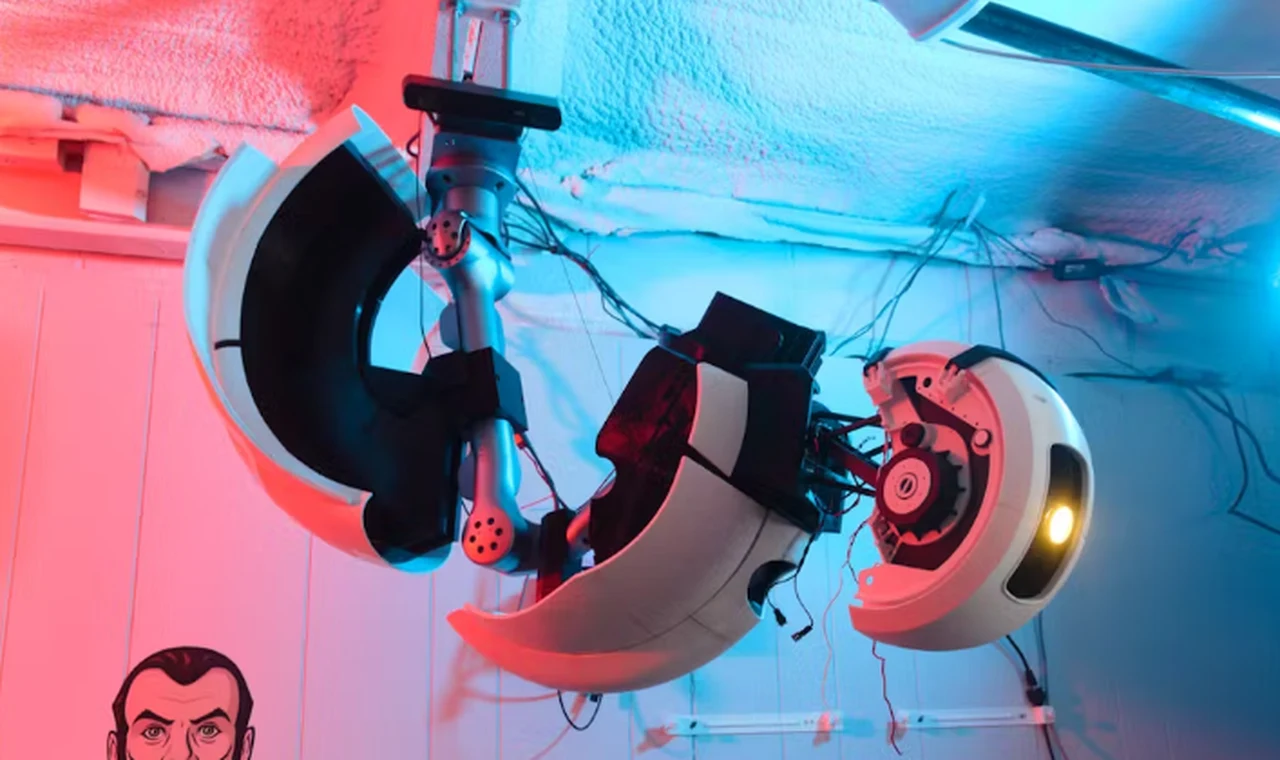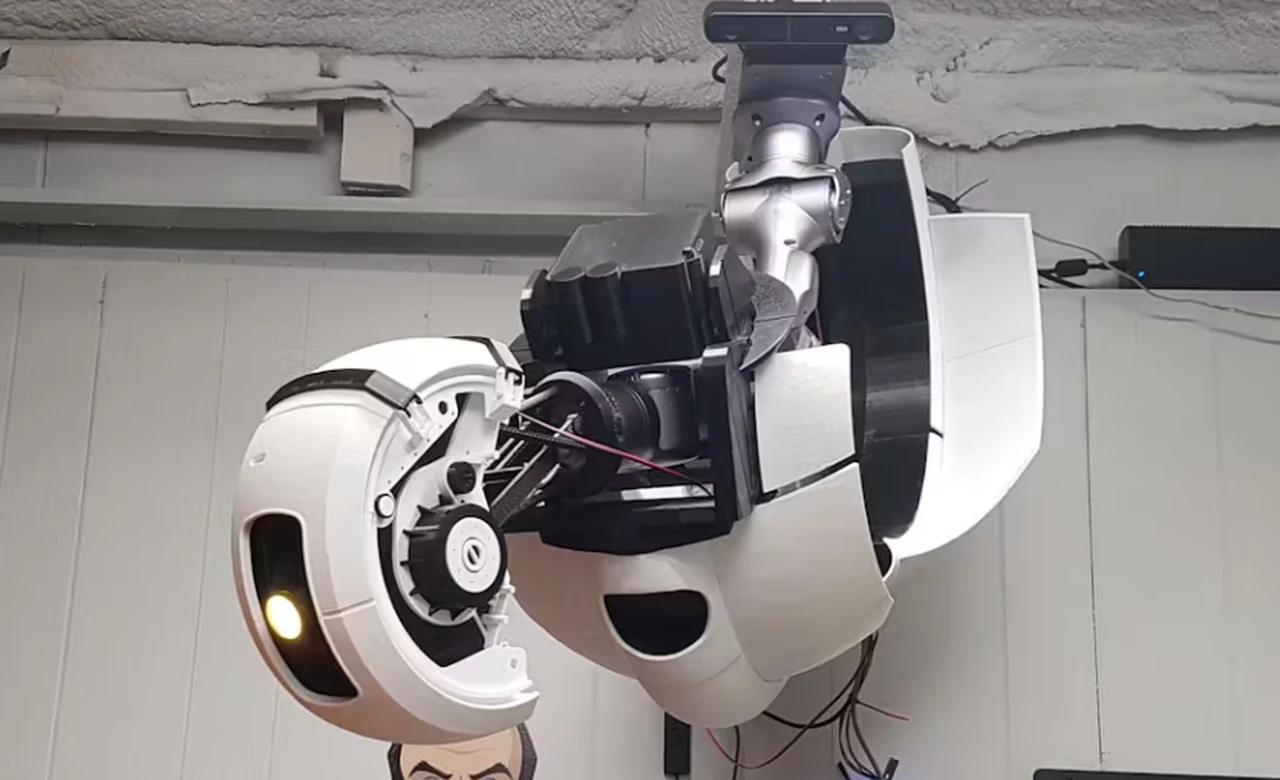The field of robotics is undergoing a significant transformation with the advent of generative AI. This innovative technology empowers machines to comprehend and interact with their surroundings in ways that were previously unimaginable. By leveraging generative AI, robots can now generate human-like responses based on a wide array of inputs, making them more helpful, engaging, and capable in various settings, ranging from personal to professional domains. One of the winning creations in the Hackster.io AI Innovation Challenge sponsored by SparkFun and NVIDIA was this fantastic GLaDOS Robot.
Portal GLaDOS Robot Project
Offering a fantastic illustration of this groundbreaking AI technology, the animatronic robot inspired by the iconic character GLaDOS from the critically acclaimed video game series Portal created by Valve. Is a remarkable robot project created by Dave Niewinski harnessing the power of advanced AI to carry out a range of tasks, including speech recognition, real-time interaction, and environmental awareness, showcasing the immense potential of generative AI in robotics. Check out the video below to learn more about this fantastic AI robotic project and its construction.
The GLaDOS robot is far from a mere static entity; it is a dynamic machine equipped with an array of sophisticated features that enable it to interact with its environment in a fluid and responsive manner. At the heart of this robot lies a robotic arm, a stereo camera, and a carefully 3D-printed body, all working in harmony to assist smooth and natural movements.
NVIDIA Jetson
This advanced setup allows the robot to track and face the user while swiftly responding to queries, thanks to the implementation of state-of-the-art Transformer-based models for speech recognition and text-to-speech functionalities. Powering these impressive features is the NVIDIA Jetson AGX Orin platform, which ensures high performance and unwavering reliability, setting a new standard for interactive robotics.

The NVIDIA Jetson platform, along with other key components and software used in the development of the GLaDOS robot, is open-source and backed by extensive documentation and a thriving community of supporters. This accessibility opens up a world of possibilities for a broad spectrum of users to experiment, innovate, and develop their own unique applications, fostering a culture of collaboration and creativity within the robotics community.
Generative AI in Robotics
The applications of generative AI in robotics are virtually limitless, spanning across a wide range of domains and industries. From personal assistants in homes and offices to advanced systems in industrial settings, these technologies have the power to transform the way we interact with machines and streamline various processes. Moreover, the open-source nature of these projects serves as a catalyst for continuous innovation and collaboration within the tech community, paving the way for the development of even more sophisticated and specialized robotic solutions in the near future.
Beyond the realm of robotics, generative AI is making significant strides in other areas, such as virtual reality, healthcare, and autonomous vehicles. These technologies are not only enhancing existing systems but also laying the foundation for entirely new forms of interaction and service delivery that were once confined to the realm of science fiction. As generative AI continues to evolve and mature, its integration into our daily lives and across various industries is poised to deepen, heralding an exciting era of unprecedented possibilities and transformative change.
Source : NVIDIA
Filed Under: DIY Projects, Top News
Latest TechMehow Deals
Disclosure: Some of our articles include affiliate links. If you buy something through one of these links, TechMehow may earn an affiliate commission. Learn about our Disclosure Policy.
